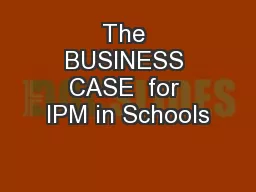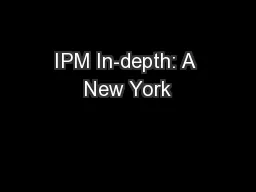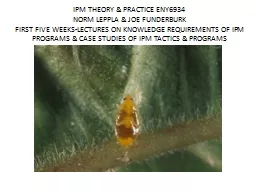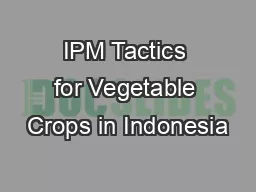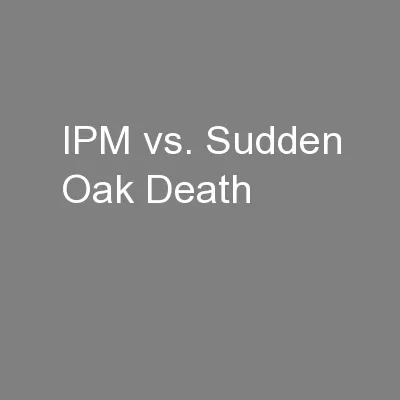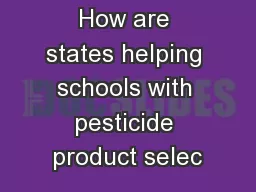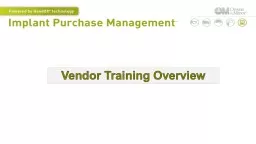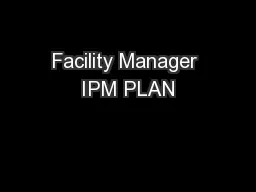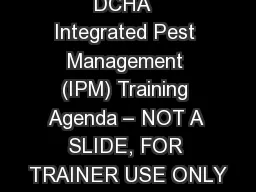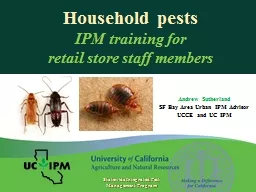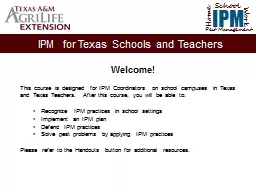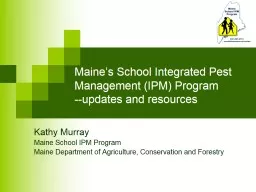PPT-The BUSINESS CASE for IPM in Schools
Author : marina-yarberry | Published Date : 2018-10-11
or How IPM Can Make Money for Your School District Thomas A Green PhD President IPM Institute of North America Washington Coalition Meeting Federal Way WA April
Presentation Embed Code
Download Presentation
Download Presentation The PPT/PDF document "The BUSINESS CASE for IPM in Schools" is the property of its rightful owner. Permission is granted to download and print the materials on this website for personal, non-commercial use only, and to display it on your personal computer provided you do not modify the materials and that you retain all copyright notices contained in the materials. By downloading content from our website, you accept the terms of this agreement.
The BUSINESS CASE for IPM in Schools: Transcript
Download Rules Of Document
"The BUSINESS CASE for IPM in Schools"The content belongs to its owner. You may download and print it for personal use, without modification, and keep all copyright notices. By downloading, you agree to these terms.
Related Documents

